 Given the first term, last term, and common difference, to find the number of terms. RULE. — Divide the difference of the extremes by the common difference, and the quotient increased by 1 is the number of terms. Given the first term, last term, and common difference, to find the number of terms. RULE. — Divide the difference of the extremes by the common difference, and the quotient increased by 1 is the number of terms.  The parallel arithmetic - Page 106by W H. Wingate - 1865Full view The parallel arithmetic - Page 106by W H. Wingate - 1865Full view - About this book
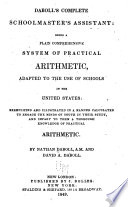 | Nathan Daboll, David Austin Daboll - Arithmetic - 1849 - 260 pages
...and the number of terms 140.) CASE IV. The first term, last term and common difference given, to Jind the number of terms. RULE. Divide the difference of the extremes by the common difference, and the quotient increased by 1, will be the number of terms. EXAMPLES. 1 . A man bought cloth in arithmetical... | |
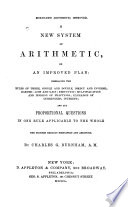 | Charles Guilford Burnham - 1850 - 350 pages
...purchased. Therefore — Art. 239. — When the first and last terms, and the common difference are given, to find the number of terms — RULE. Divide...difference of the extremes by the common difference, and the quotient will be 1 less than the number of terms. 10. If the first term of a series be 2, and... | |
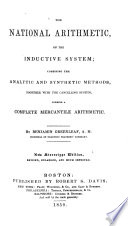 | Benjamin Greenleaf - Arithmetic - 1850 - 368 pages
...Problem I. that the number of terms is one more than the number of differences ; therefore 8 -(- 1 = 9, the number of terms. RULE. — Divide the difference of the extremes by the common difference, and the quotient increased by one will be the number of terms required. 9. If the extremes are 3 and... | |
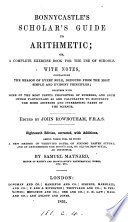 | John Bonnycastle - 1851 - 314 pages
...journey is daily augmented. Ans. Daily increase, 5 miles. PROBLEM II. The two extremes, and the common difference being given, to find the number of terms....difference of the extremes by the common difference, and the quotient, increased by 1, will be the number of terms required.* that the total increase, divided... | |
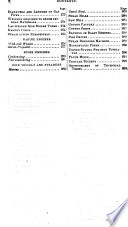 | Charles Haynes Haswell - Engineering - 1851 - 346 pages
...of a clock strike in 12 hours 1 12X(13~-2)~78 J3ns. When the Common Difference and the Extremes are given, to find the Number of Terms. RULE.— Divide...difference of the extremes by the common difference, and add one to the quotienL EXAMPLE. — A man travelled 3 miles the first day, 5 the second, 7 the... | |
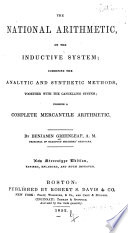 | Benjamin Greenleaf - Arithmetic - 1852 - 380 pages
...that the number of terms is, one more than the number of differences ; therefore 8 -j- 1 — 9, tVie number of terms. RULE. — Divide the difference of the extremes by the common difference, and the quotient increased by one will be the number of terms required. 9. If the extremes are 3 and... | |
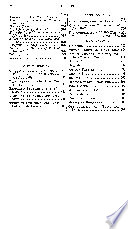 | Charles Haynes Haswell - Engineering - 1853 - 318 pages
...a clock strike in 12 hours ? 12X (13-7-2) = 78 Mns. When the Common Difference and the Extremes are given, to find the Number of Terms. RULE. — Divide...difference of the extremes by the common difference, and add one to the quotient. EXAMPLE. — A man travelled 3 miles the first day, 5 the second, 7 the... | |
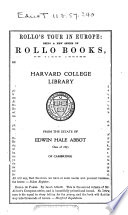 | James Stewart Eaton - Arithmetic - 1857 - 376 pages
...number of additions; ie the number of terms less one. Hence, 34:8. PROB. 3. — The extremes and common difference being given to find the number of terms,...difference of the extremes by the common difference, add 1 to the quotient and the sum will be the number of terms. Ex. 1. The extremes of an arithmetical... | |
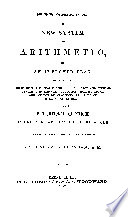 | Charles Guilford Burnham - Arithmetic - 1857 - 328 pages
...purchased. Therefore — Art, 289. — When the first and last terms, and the common difference* are given, to find the number of terms — RULE. Divide...difference of the extremes by the common difference, and the quotient will be 1 less than the number of terms. 10. If the first term of a series be 2, and... | |
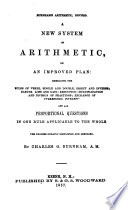 | Charles Guilford Burnham - 1857 - 342 pages
...purchased. Therefore — Arti 239«— When the first and last terms, and the common difference are given, to find the number of terms — RULE. Divide...difference of the extremes by the common difference, and the quotient will be 1 less than the number of terms. 10. If the first term of a series be 2, and... | |
| |